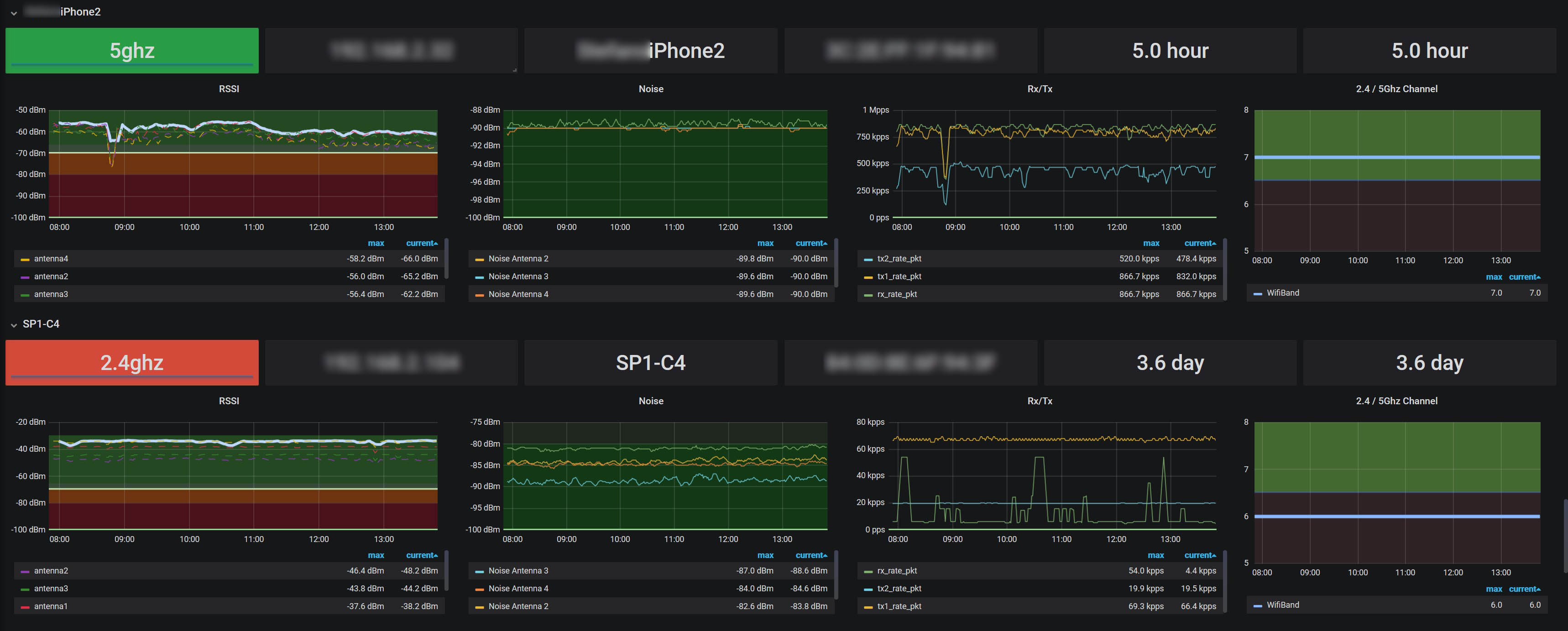Hello,
I've noticed that in a recent FW (386.1_2) "snmp" support has been introduced for ax86u.
Is there any chance it will soon hit ax88u too?
More or less this is the only important feature I feel it's missing.
Note: I'm referring to the regular Net-SNMPd and not to "mini_snpmd".
"mini_snmpd" is nice and small, but also it is way too limited: not customizable with specific router info, no more than 8 interfaces (on ax88u we have 8lan+wan+backup wan+2,5Ghz+5GHz+vpn_itf), no SNMPv3 authentication, etc...
I've noticed that in a recent FW (386.1_2) "snmp" support has been introduced for ax86u.
Is there any chance it will soon hit ax88u too?
More or less this is the only important feature I feel it's missing.
Note: I'm referring to the regular Net-SNMPd and not to "mini_snpmd".
"mini_snmpd" is nice and small, but also it is way too limited: not customizable with specific router info, no more than 8 interfaces (on ax88u we have 8lan+wan+backup wan+2,5Ghz+5GHz+vpn_itf), no SNMPv3 authentication, etc...




